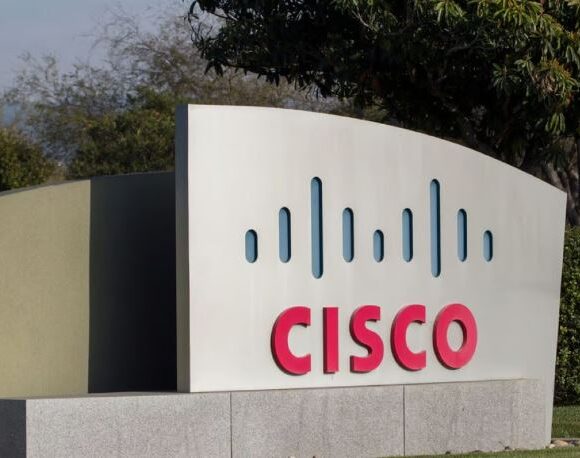Grundig Security’s Comprehensive AI Solutions for Demanding Projects

Thanks to the continuous improvement of processors in IP cameras, modern devices can now execute numerous embedded AI analytic functions directly on the edge. This capability results in significant savings in hardware resources on the server side. However, the full potential of Edge AI can only be when hardware and software are maximally compatible.
Grundig, one of the most recognized German brands for electronic consumer goods, was among the first brands in Germany to offer CCTV applications. Today, Grundig Security products are distributed from Düsseldorf, Germany, encompassing a broad range of IP cameras, thermal cameras, NVRs, infrastructure, and the multifunctional AI-powered VMS, C-Werk. The primary customers are IT- and Security- Integrators.
Enhanced capabilities through the distribution of computing power across multiple devices
AI algorithms such as the classification of detected objects, virtual tripwire, or the collection of metadata are becoming increasingly commonplace and are intended to be available more frequently for all video streams within a project. Especially in integrated projects with numerous cameras, planning and calculating server infrastructure can often reach its limits when the complete analysis needs to occur in the backend. The consequence is frequently a compromise, leading to the omission of analysis for many cameras. The approach of running algorithms on cameras is not new, but there is often a lack of seamless integration between the VMS and hardware. The VMS must be capable of understanding the collected information from the cameras and processing it further when needed.
Grundig Security has precisely followed this approach with its new AI-powered Smart Line. The cameras in this series can independently perform analyses such as Virtual Tripwire Detection, Intrusion Detection, and People-Vehicle Detection. Each event, triggering a rule, can be transmitted to the Grundig VMS C-Werk. This allows, for example, recording upon the detection of humans for hundreds or thousands of cameras without the excessive use of CPU and GPU resources.
Forensic Search feature through Object Tracker functionality
The forensic search function is one of the key features of the C-Werk VMS. In this application, security users can search the archive using rules and search filters for specific events. This means that rules can be applied retroactively in a recording at any point in the scene. For instance, if all individuals passing through a specific part of the scene should be displayed, a virtual tripwire can be drawn to that location. The system then quickly analyzes all motion data in the archive and displays the results.
Unique overview of detected objects in the playback
The time-lapse function can be used to run a query that simultaneously displays multiple objects that have moved in a scene within a selected time frame. This allows the operator to quickly gain an overview when searching for suspicious individuals or other objects, ideally reaching the desired situation within second.
These types of forensic archive searches are realized through the collection of metadata. This means that all pixel data from moving objects is gathered by video analysis and stored in the archive. When performing the forensic search, the system accesses and evaluates this data accordingly. In the future, the new Grundig Smart Line will be able to autonomously collect this metadata and transmit it to C-Werk, enabling Forensic Search for all channels.
Enhanced connection and data processing through C-Werk Cloud
Grundig Security has introduced a significant feature expansion for its C-Werk Cloud. The new Smart Line can be seamlessly added to the cloud via Plug and Play. Communication takes place through secure encryption directly between hardware and the cloud. This particularly benefits operators with multiple locations, such as retail chains, offering them the opportunity for cross-site management of their video systems. Another advantage is that collected metadata can be processed directly in the cloud and displayed in customized reports. This opens new possibilities for marketers who, for example, can generate a comparative overview of all visitors for all their branches.
“By shifting algorithms from the backend to the frontend, we, in collaboration with our partners, have achieved significant savings in server infrastructure. Additionally, this approach frees up resources that can be utilized for additional specialized backend algorithms, such as our optical smoke detection.” Yalcin Demirak – Sales Director




















